Unmasking AI-Generated images
Shortly after the news of ex president Donald Trump facing a possible indictment regarding an alleged financial misdemeanour, tweets of Trump supposedly being arrested went viral. Official news sites, politics figures and even members of the American government, quoted and retweeted these images.
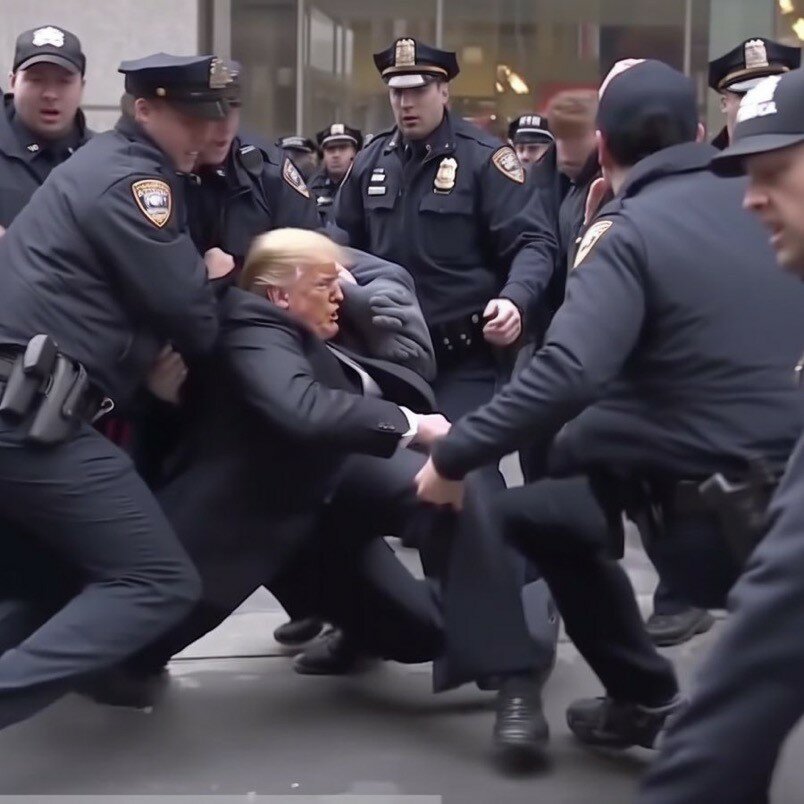
In today’s digital age where information spreads like wildfire across the internet, the spread of fake news has become an alarming concern, threatening the credibility of daily information and the trust we place in media outlets. The emergence of AI-generated images has drastically added to this spreading challenge. AI possess the potential to further blur the line between fact and fiction. Because when you can’t even trust your eyes, then what's left to trust. AI-generated news images have become powerful weapons in the arsenal of those seeking to manipulate public opinion. Artificial intelligence algorithms now possess the ability to create highly realistic and convincing visuals, making it increasingly challenging to differentiate between authentic and fabricated images. This technology enables malicious actors to craft persuasive narratives by pairing AI-generated images with false stories, amplifying the impact of disinformation campaigns and intensifying their reach.
But the solution to this growing issue is not simple; AI-generated images can fuel misinformation but is also a great instrument to foster creativity and innovation. The power of such tool has had in fact a great impact in the art and design field; is also useful in prototyping and product visualisation, enhance virtual environments and gaming experiences, assist in historical and cultural preservation, improve medical imaging and research. Furthermore, is a relatively accessible tool that can promote inclusion in the creative industry, often ableist discriminatory.
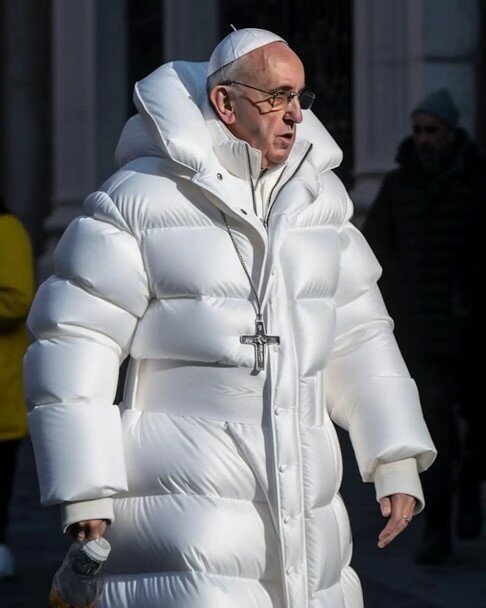
The war against fake images is not lost though, or at least not until its technology improves. There are few hints to identify AI generated pictures almost infallible:
. Use your common sense: This may be the most underestimated key to AI news images. If something looks odd, like the Pope rocking a puffer jacket, it's probably fake.
· Repetitive patterns and perfect symmetry. Look for areas where texture appears inconsistent with identical patterns repeating. Also observe if the picture is strongly symmetrical and flawlessly balanced.
· Subtle inconsistencies. Pay attention to surreal features blurry faces, missing fingers. Examine the lights and shadows of the picture as well as the quality of it. If it looks to “cartoony” or lacks pixelation, will probably be fake.
However, AI images are not always bizarre things like an American president being tackled by 6 police officers. The ability of this tool to replicate human portraits is where the threat lies. So, let’s put you in to test; using the second and third tips I’ve given do you think you can spot the fake person?
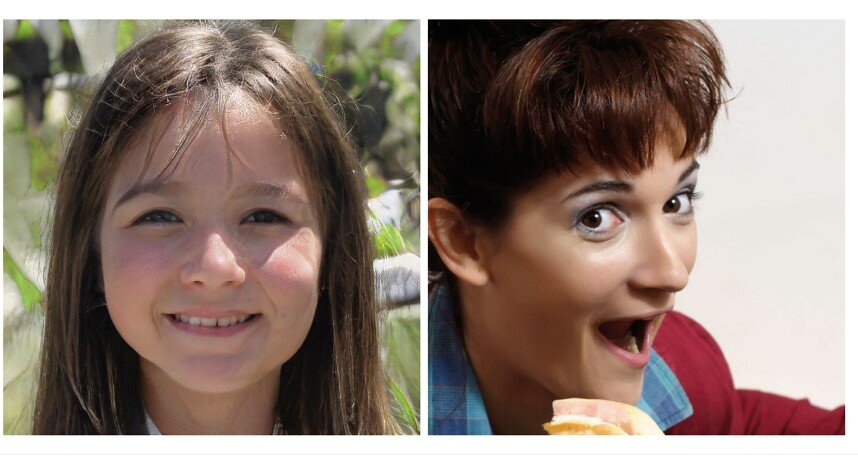
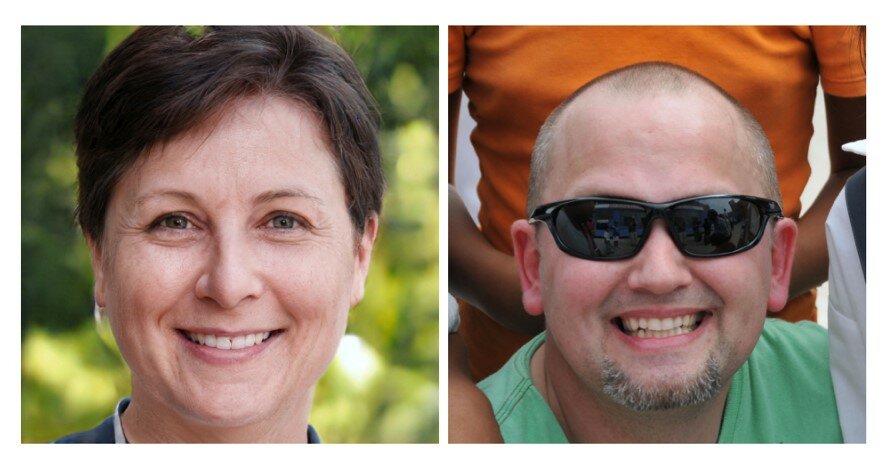
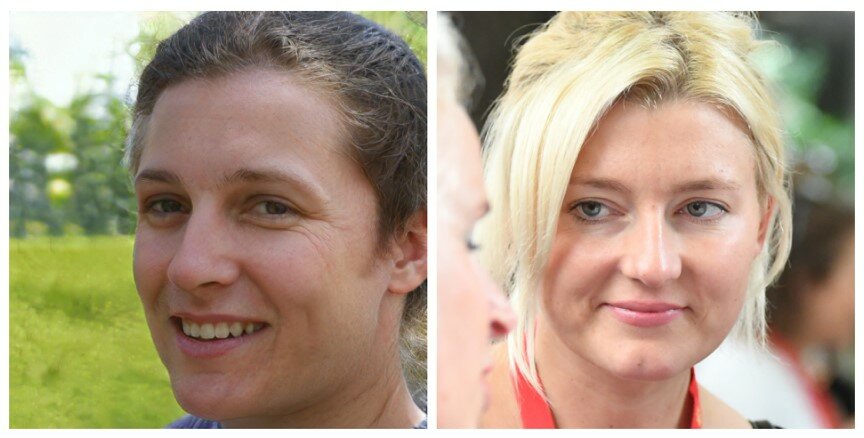
1. The picture on the right is the real one.
AI is not good with angles and curves, therefore it will usually be front portraits very symmetrical.
2. The picture on the right is fake!
Again too perfect. On the other hand, the left picture is not symmetrically centered, but the biggest key is that his glasses have a reflection; too detailed for an AI.
3. The picture on the left is fake.
This one is a hard one, but the lack of texture and the inconsistency of the person’s right eye gives it away.
How did you do? Do you think you have a stand against AI ? The above images are from “Which face is real?” an image generator that presents you with an AI generated person and a real one. If you would like to dig deeper into AI images and how to spot them, I highly recommend this detailed article.
You may have started panicking thinking about the dark future awaiting, or maybe that was just me. But don’t lose hope yet, because although AI technologies are improving so are technologies to detect fake images. Initiatives like the Deepfake Detection Challenge (DFDC) have emerged as important endeavours. Deepfakes, involve training AI models on a large dataset of a person's images/videos, recognising and aligning facial features, and encoding them creating realistic yet fabricated content. These technologies pose a significant threat by creating realistic yet fabricated content. The winner from the 2020 edition was Selim Seferbekov, whose model achieved a 65% detection success.
In summary, the spread of fake news fuelled by AI-generated images is a big problem. It messes with our trust in media and makes it hard to tell fact from fiction. The AI algorithms create super realistic visuals, making it tough to spot the fakes but not impossible. So, let's keep our eyes open while we navigate this world of AI-generated trickery. Remember, spotting the fakes is like finding Waldo in a crowd of clones.

